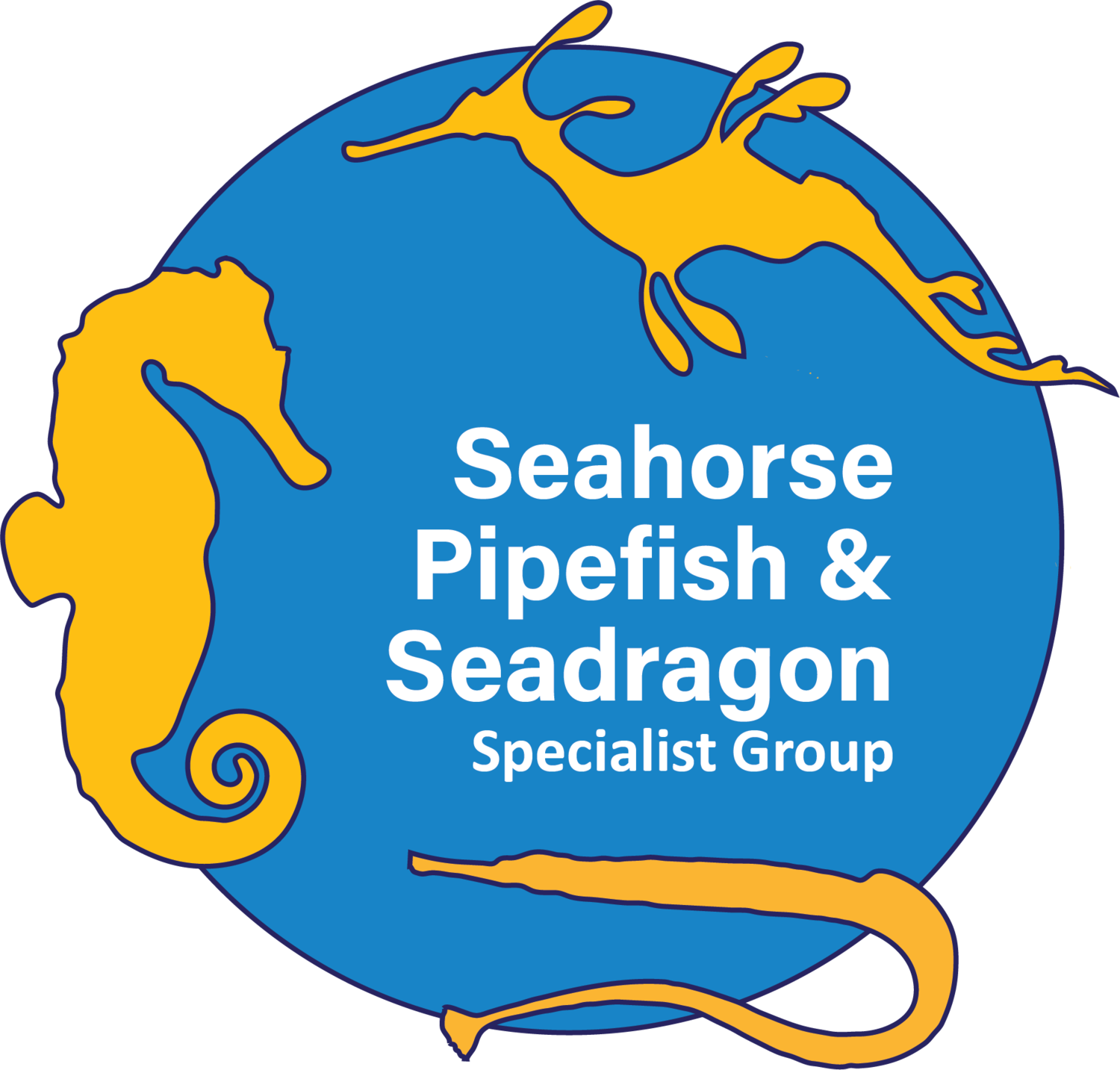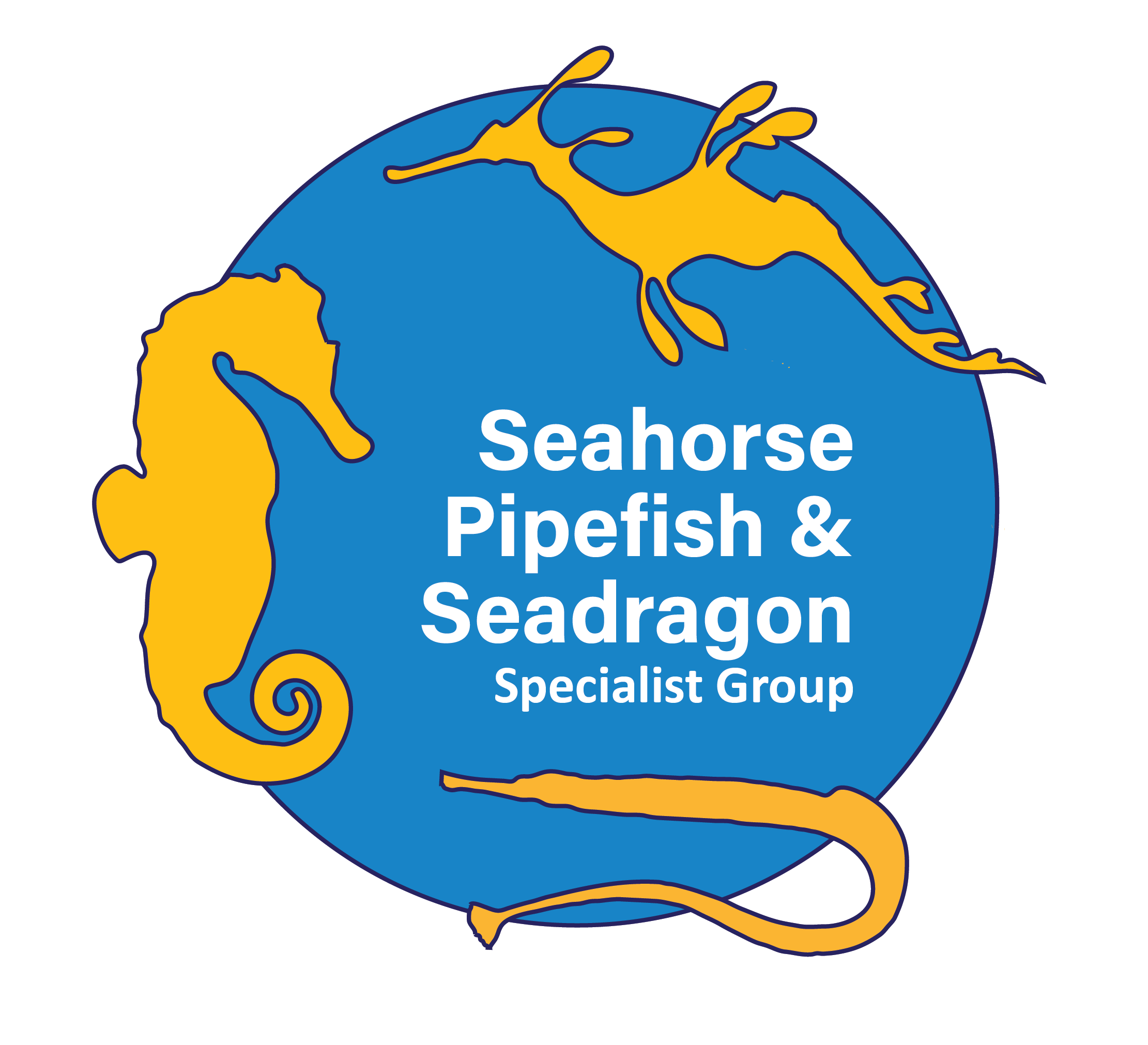The Knysna seahorse
Hippocampus capensis. Photo by Ulrica Williams
The Knysna seahorse is truly a national treasure. It is South Africa's country’s only endemic seahorse and is one of only two Endangered seahorse species in the world. Found in only three Southern Cape Estuaries (the Knysna, Swartvlei and Keurbooms Estuaries) the Knysna Seahorse is an iconic species for Knysna, South Africa and the world.
The Knysna Estuary is among the most heavily used water bodies in South Africa. Unfortunately this has led to a decline in the health of the Knysna Estuary ecosystem and native fish populations attributable to habitat loss, overfishing, pollution, and warming sea temperatures. However there are simple things you can do to help the Knysna seahorse and in turn protect and manage South Africa’s natural resources.
Important note: Please do not handle seahorses, and other wildlife, unless under the supervision of trained professionals.
Key scientific papers about the Knysna seahorse
Bell, E.M., Lockyear, J.F., McPherson, J.M., Marsden, A.D. and A.C.J. Vincent. 2003. First field studies of an endangered South African Seahorse, Hippocampus capensis. Environmental Biology of Fishes 67:35-46.
Claassens, L. 2016. An artificial water body provides habitat for an endangered estuarine seahorse species. Estuarine, Coastal and Shelf Science 180:1-10.
Claassens, L. and A.N. Hodgson. 2017. Gaining insights into in situ behavior of an endangered seahorse using action cameras. Journal of Zoology 304:98-108.
Claassens, L. 2018. Aspects of the population ecology, habitat use and behavior of the endangered Knysna Seahorse (Hippocampus capensis Boulenger, 1900) in a residential marina estate, Knysna, South Africa: implications for conservation. PhD thesis, Rhodes University.
Lockyear, J.F., Hecht, T., Kaiser, H. and P.R. Teske. 2006. The distribution and abundance of the endangered Knysna seahorse Hippocampus capensis (Pisces: Syngnathidae) in South African estuaries. African Journal of Aquatic Science 31(2):275-283.
Mkare, T.K., Jansen van Vuuren, B. and P.R. Teske. 2017. Conservation implications of significant population differentiation in an endangered seahorse. Biodiversity Conservation 26(6):1275-1293.
Teske, P.R., Cherry, M.I. and C.A. Matthee. 2003. Population genetics of the endangered Knysna seahorse, Hippocampus capensis. Molecular Ecology 12:1703-1715.
Teske, P.R., Lockyear, J.F., Hecht, T. and H. Kaiser. 2007. Does the endangered Knysna seahorse, Hippocampus capensis, have a preference for aquatic vegetation type, cover or height? African Zoology 42(1):23-30.
Whitfield, A.K. 1995. Threatened fishes of the world: Hippocampus capensis Boulenger, 1900 (Syngnathidae). Environmental Biology and Fishes 44:362.
Project Team
Acknowledgements
This toolkit was made possible through the generous support of the Langar Foundation, Guylian Belgian Chocolates and the Wiseman Ocean Conservation Fund at the Greensboro Science Center.
Banner image: The Knysna seahorse, Hippocampus capensis by Louw Claassens.
[Updated Jan 2016]







